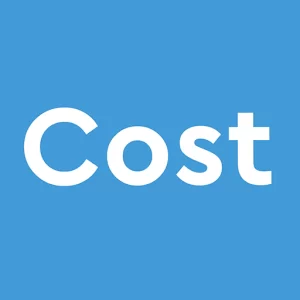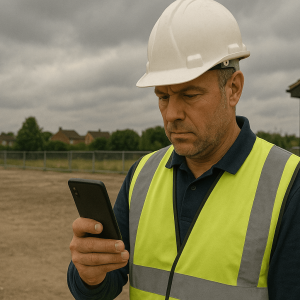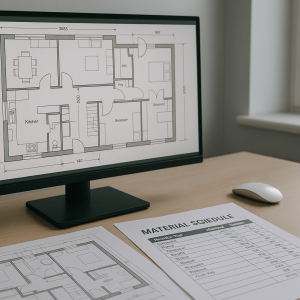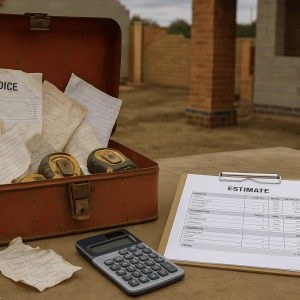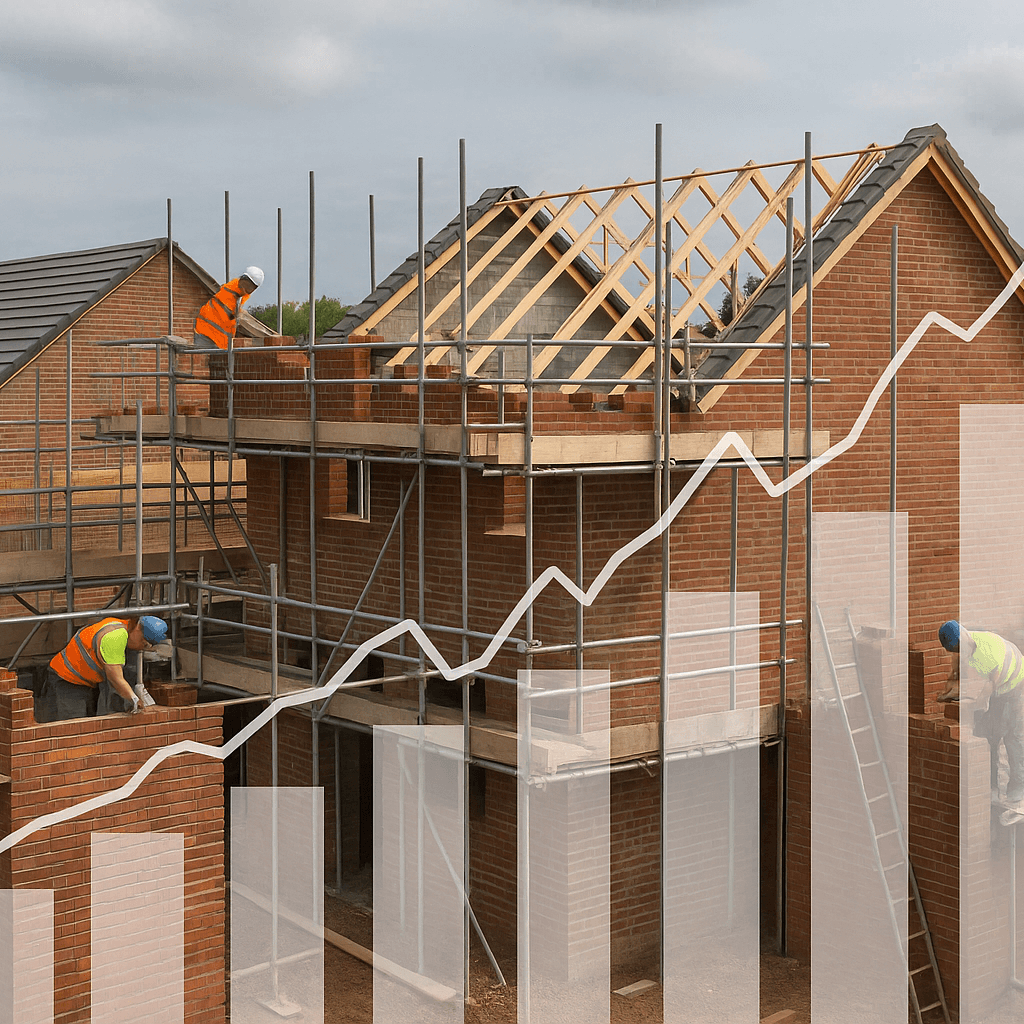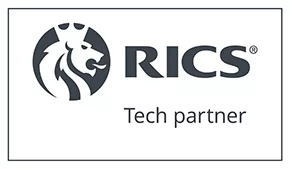Picture this: you’re about to kick off a construction project, but how do you ensure you stay within budget and timeline? Enter the crucial practice of construction cost estimating. Let’s dive deeper into why it’s a backbone of successful project management in the construction realm.
What’s Involved in Construction Cost Estimating?
At its core, construction cost estimating is about forming a financial blueprint for your entire project, from inception to completion. This includes:
- Defining the scope of work needed for the project.
- Predicting the costs tied to this scope.
- Identifying and mitigating potential risks.
As a construction cost estimator, you’ll break down the project brief to forecast the resources needed—be it materials, labour, or machinery—and the associated costs for each.
Why Is Cost Estimating Carried Out?
Why go through such an intricate process? The layered reasons include:
- Providing stakeholders with a financial snapshot of the project.
- Enabling informed decision-making on materials, scope, and timelines.
- Utilizing the estimate post-project as a performance assessment tool.
What Makes a Good Cost-Estimator?
Not just anybody can excel at cost estimating. It requires a blend of:
- Strong analytical skills and attention to detail.
- Solid understanding of construction methods and materials.
- Professional experience in creating precise and clear estimates.
5 Step Cost Estimating Process
The estimating process is not just about numbers; it’s about understanding the project in-depth:
- Order of Magnitude Estimate: A ballpark figure to get the ball rolling.
- Schematic Design Estimate: Delivers a feasibility check.
- Design Development Estimate: Closer scrutiny of project designs for better cost anticipation.
- Construction Document Estimate: Based on finalized designs to ensure no cost overruns.
- Bid Estimate: The most detailed, used for client proposals.
Software for Cost Estimating
With the complexity involved, leveraging technology can be a game-changer. Modern software solutions streamline the estimating process, reduce errors, and ensure consistency across projects.
Methods to Prepare Construction Cost Estimates
Most estimators blend historical data with current industry pricing to strike a balance in their forecasts. Whether it’s tapping into historical projects or utilising cost databases, the aim is to predict as accurately as possible.
Conclusion
In today’s competitive market, accuracy in cost estimating is more crucial than ever. Mistakes can be costly, affecting both reputations and finances. Thus, taking the time to refine your estimating process can significantly impact your project’s success.
Frequently Asked Questions (FAQ)
1. What are the primary tools used by cost estimators?
Cost estimators commonly use specialized software, spreadsheets, and cost databases to create accurate estimates.
2. How often should cost estimates be updated during a project?
Cost estimates should be reviewed and updated at key project milestones or when significant changes occur.
3. What is the biggest challenge in cost estimating?
One of the biggest challenges is dealing with the unpredictability of material costs and labor availability.
4. Can cost estimating save money?
Absolutely. By foreseeing financial pitfalls and assessing risk, cost estimating prevents budget overruns, saving money in the long run.
5. Is it better to overestimate or underestimate?
While both have their drawbacks, overestimating generally allows more flexibility and risk management during the project.

